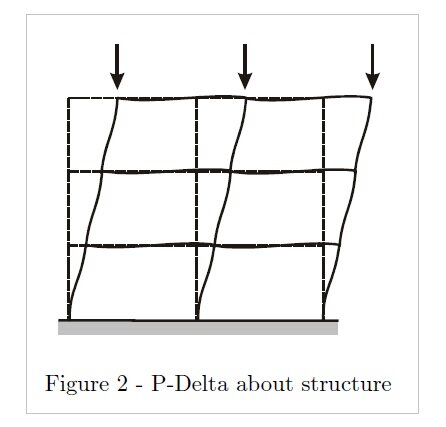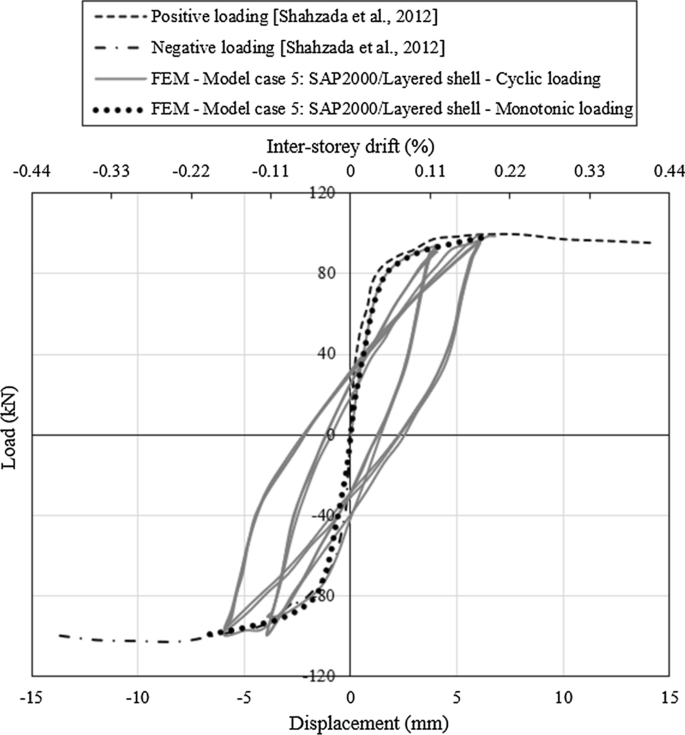
Per AISC Specification Section C2.3, conduct the analysis using 80% of the nominal stiffnesses to account for the effects of inelasticity. Use notional loads.įrom AISC Specification Equation C2-1, the notional loads are: LRFD

Per AISC Specification Section C2.2, frame out-of-plumbness must be accounted for either by explicit modeling of the assumed out-of-plumbness or by the application of notional loads. The load in this column accounts for all gravity loading that is stabilized by the moment frame, but is not directly applied to it. The uniform gravity loads to be considered in a second-order analysis on the beam from B to C are: LRFDĬoncentrated gravity loads to be considered in a second-order analysis on the columns at B and C contributed by adjacent beams are: LRFDĬoncentrated Gravity Loads on the Pseudo “Leaning” Column For ASD, perform a second-order analysis using 1.6 times the ASD load combinations and divide the analysis results by 1.6 for the ASD member strength checks. Per AISC Specification Section C2.1, for LRFD perform a second-order analysis and member strength checks using the LRFD load combinations. For the analysis, the entire frame could be modeled or the model can be simplified as shown in the figure below, in which the stability loads from the three “leaning” columns are combined into a single column.įrom Chapter 2 of ASCE/SEI 7, the maximum gravity load combinations are: LRFD Although the columns at grid lines A, D and E do not contribute to lateral stability, the forces required to stabilize them must be considered in the analysis. The moment frame between grid lines B and C is the source of lateral stability and therefore must be designed using the provisions of Chapter C of the AISC Specification. There are no P-Δ effects to consider in these members and they may be designed using K=1.0. The beams from grid lines A to B, and C to E and the columns at A, D and E are pinned at both ends and do not contribute to the lateral stability of the frame.


All members are ASTM A992 material.Ĭolumns are unbraced between the footings and roof in the x- and y-axes and are assumed to have pinned bases. Solved Example: Design of A Steel Moment Frame by Direct Analysis Method Per AISC (ASD & LRFD) Articles > Solved Example: Design of A Steel Moment Frame by Direct Analysis Method Per AISC (ASD & LRFD)ĭetermine the required strengths and effective length factors for the columns in the rigid frame shown below for the maximum gravity load combination, using LRFD and ASD.


 0 kommentar(er)
0 kommentar(er)
